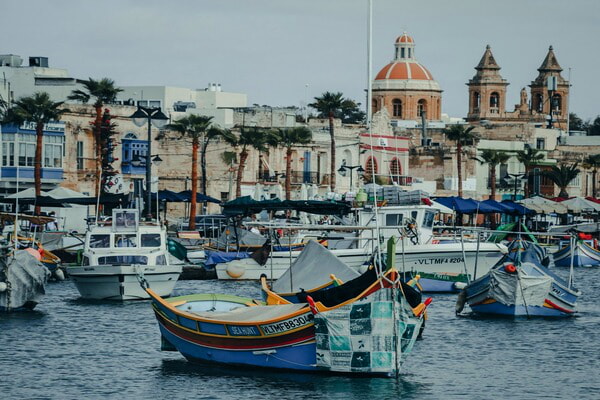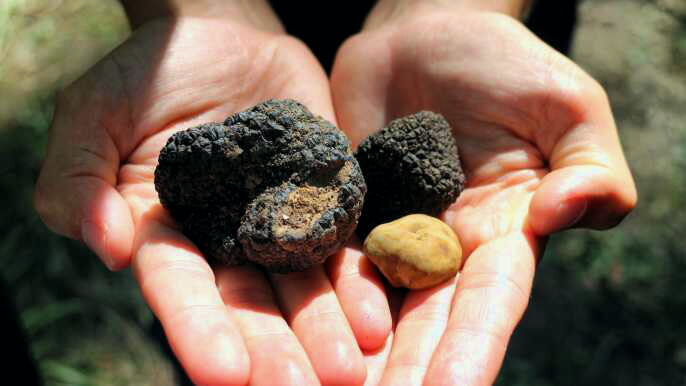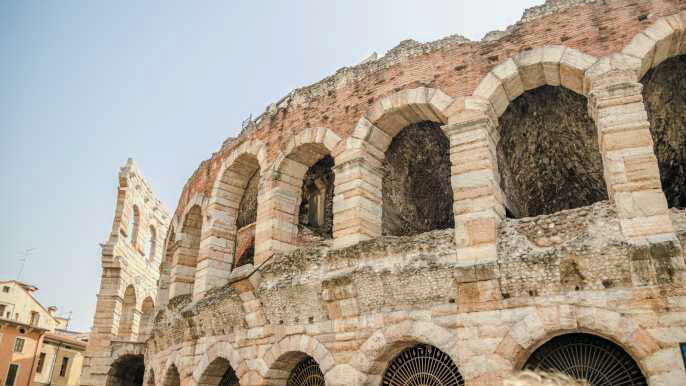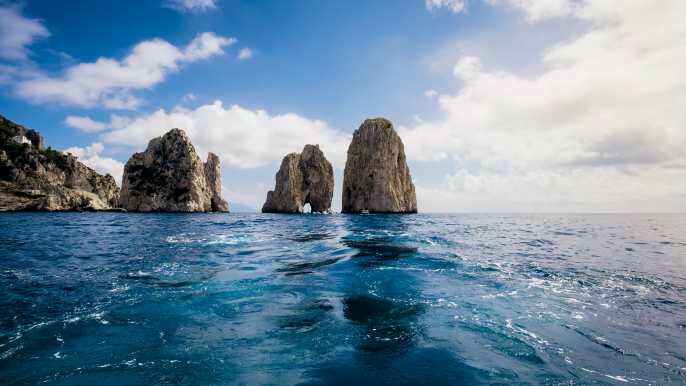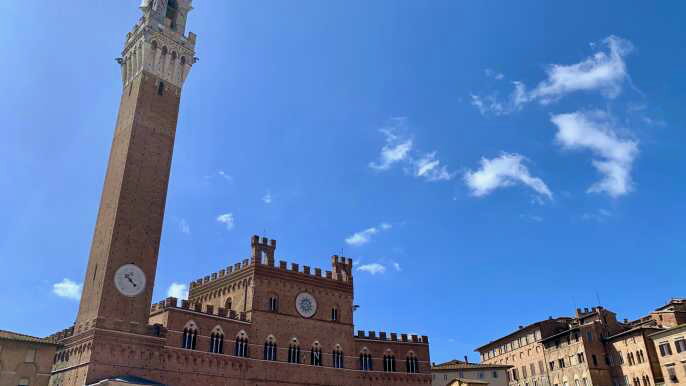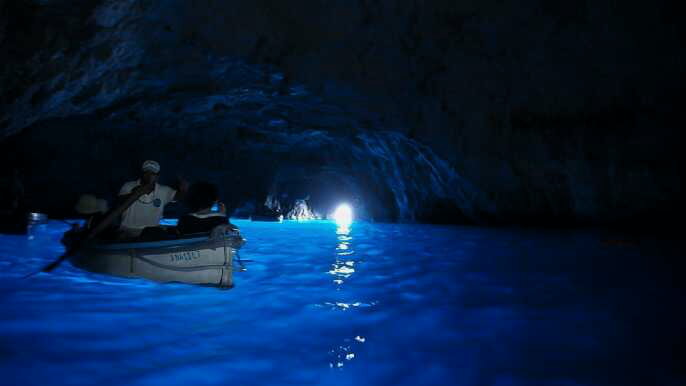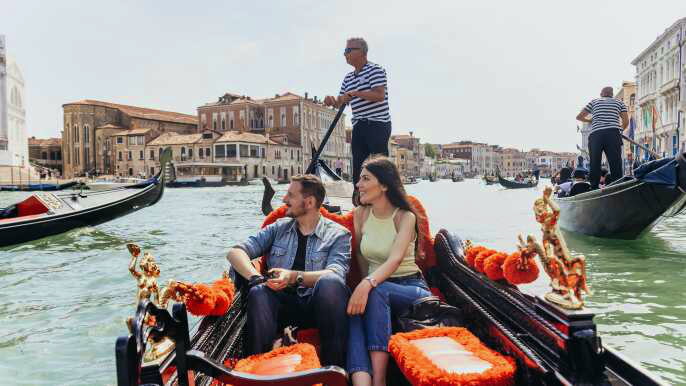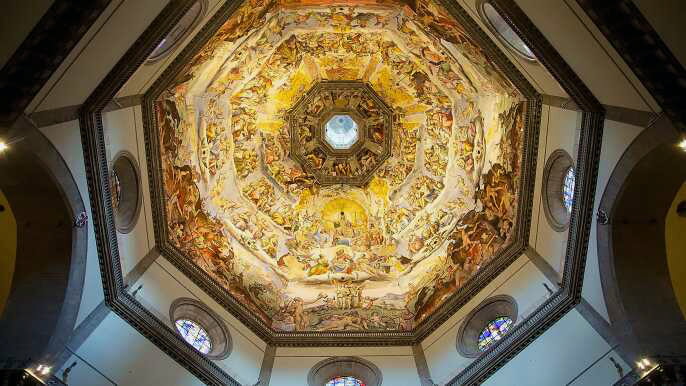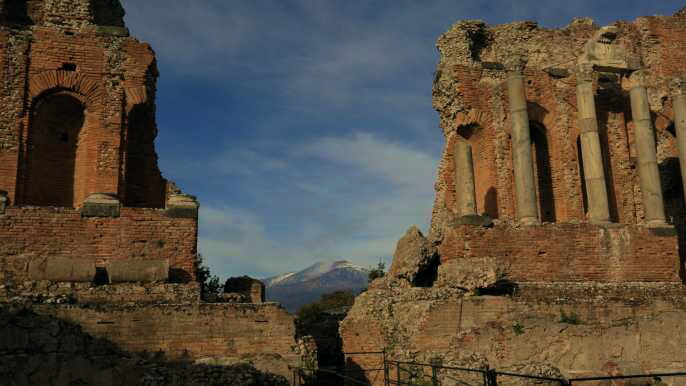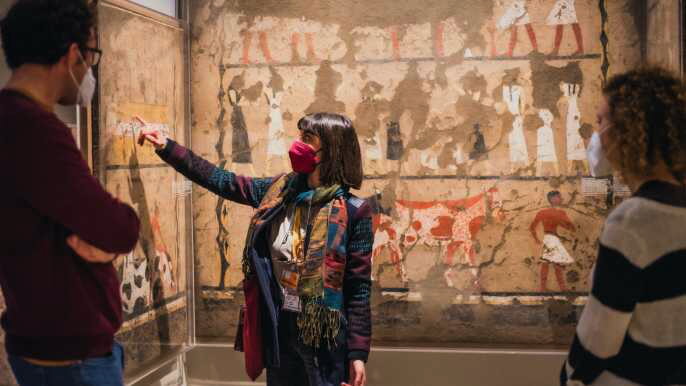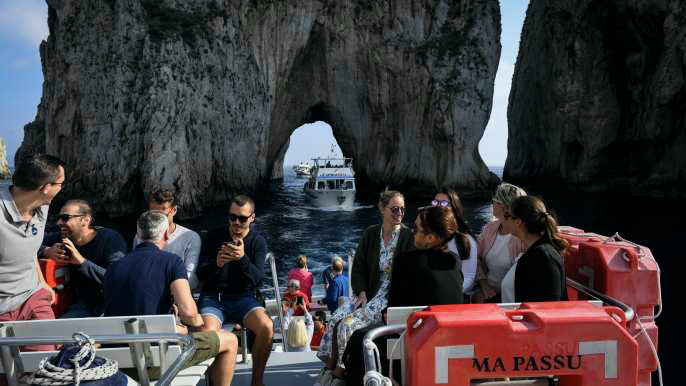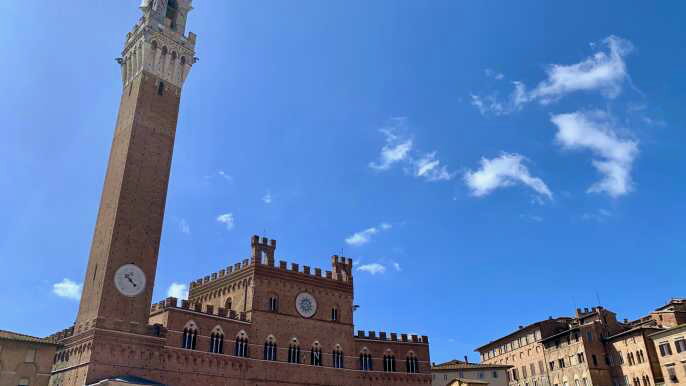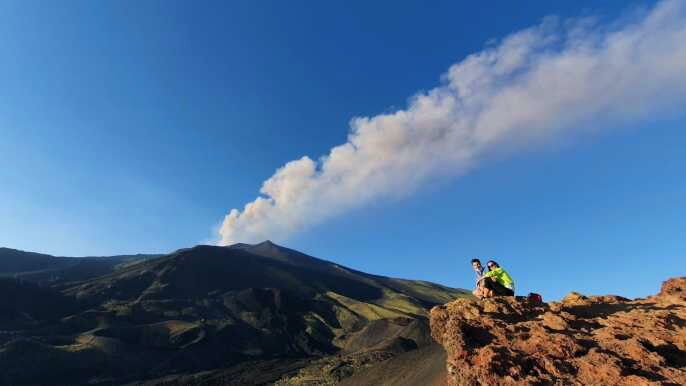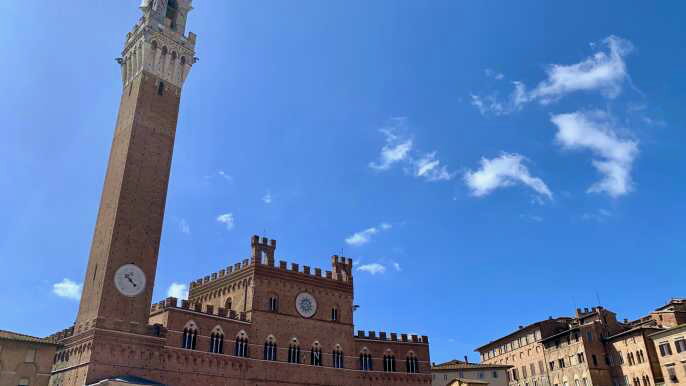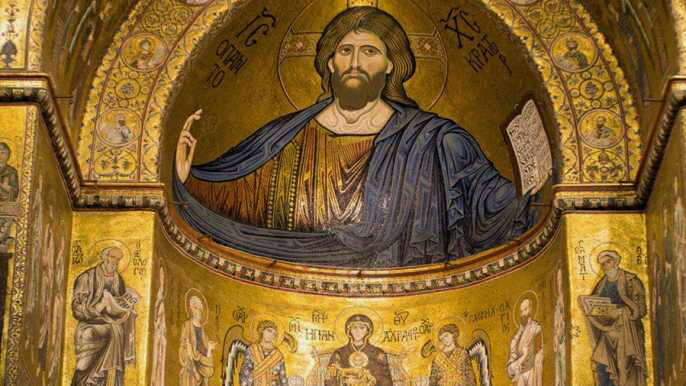Located at the base of Mount Etna, Catania is an ancient port city on Sicily's east coast. Its central square, Piazza del Duomo, is home to the whimsical Fontana dell'Elefante statue and is surrounded by seafood restaurants.
Roman Amphitheatre ruins
Located in the center of Catania, the Roman Amphitheatre of Catania is one of the most important archaeological sites in Sicily. It was built in the Roman Imperial period. The Roman amphitheatre was used for gladiator fights and naval battles. In the second century, the amphitheatre was expanded to hold more than 15,000 spectators.
The Amphitheatre of Catania is located near the Montevergine escarpment. It is built in an elliptical shape. The amphitheatre is located in correspondence to a pre-existing Republican proto-Imperial village.
The amphitheatre is surrounded by vaults. There are apses that contain perfectly cut stones. The walls are a mixture of igneous rock and red brick arches. There are two entrances. The entrances are located between stone walls with symbolic epitaphs of two illustrious ancient Greeks.
In the second century, the amphitheatre of Catania was enlarged to accommodate over 15,000 spectators. The second story is crowned by a terrace from the Villa Cerami. The building is decorated with grey granite columns. The theatre was 98 meters deep. The seats were positioned facing the sea. The orchestra section had a diameter of 22 meters.
During the Second Empire, the amphitheatre of Catania became the largest amphitheatre in the Roman world. Until the 19th century, the amphitheatre was hidden under buildings. In 1904, the mayor of Catania instructed an architect to rebuild the visible part of the amphitheatre.
The excavations were carried out by Ignazio Paterno Castello. He discovered four large arches of the external gallery, and the whole corridor. He also spent his own money on the excavations. Nevertheless, the monument is still visible in two cross walls of Via Manzoni. The rest of the amphitheater is buried under Via Manzoni and Via Penninello.
Church of the Abbey of Saint Agatha
Located around the Cathedral of Catania, the Church of the Abbey of Saint Agatha was built on the ruins of an ancient monastery. The building is in Sicilian Baroque style. The facade of the church is asymmetrical, with concave and convex surfaces on the upper storey. It is closed by a dome. The interior is furnished with yellow Castronovo marble.
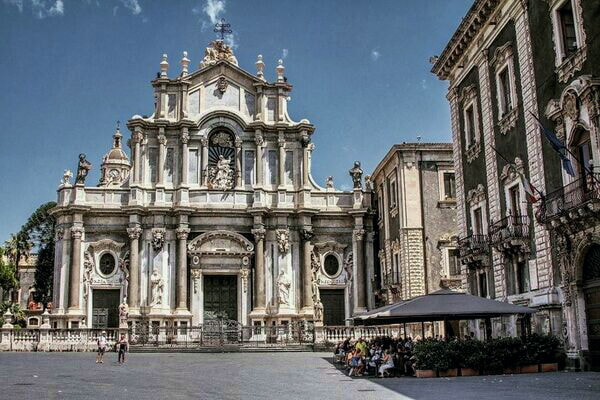
In the southern aisle, there is a Baroque monument of Bishop Pietro Galletti. There is also a funerary chapel of the noble Antonelli family. A canvas of Saint Febronia of Nisibis was painted by Borremans.
The main altar has a statue of Saint Agatha. There is also a memorial to the Greek humanist Janus Lascaris. There is an organ by the monastery entrance.
The altar is dated from 1504. The mosaic, which was apsidal, was destroyed by the collapse of the apse in 1589. There is also a cycle of frescoes attributed to Paolo Perugino.
There are also two side altars with stucco altarpieces by Giovanni Battista Marino. The church was rebuilt after an earthquake in 1693.
The Badia di Sant' Agatha is a Roman Catholic church in the center of Catania. There is a female convent attached to the church. The church has an audio guide that provides extra guidance during a visit. The opening hours vary depending on the season.
The monastery was endowed by Erasmo Cicala. In the 17th century, a group of nuns started work on a new church. They requested rectangular clerestory windows. The architect Nicolo Daniele selected the materials for the church.
The Badia di Sant'Agata is one of the most impressive and beautiful baroque buildings in Catania. There is an audio guide for the church that is open daily from 9:30 to 12:30.
Teatro Romano
Located on Via Vittorio Emanuele II in the centre of Catania, the Roman Theater of Catania is a remnant of two semicircular open-air ancient Roman theaters. It is one of the most beautiful places in Catania and is surrounded by piazzas and shops. It is open from 9.30am to 5.30pm.
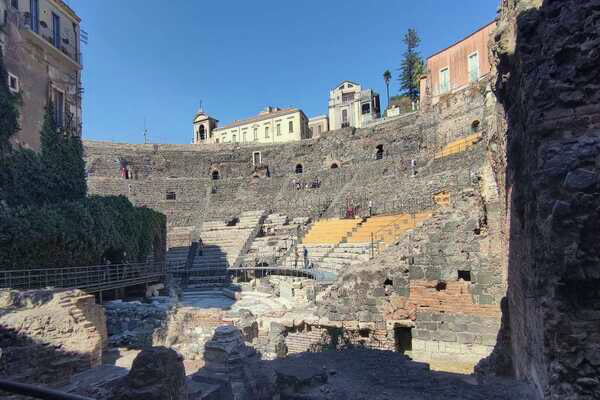
The city has an extensive history and many interesting buildings. Catania was the largest city in Sicily during the Roman era. It was a port and trade center. Catania has one of the largest concentrations of Roman remains in Sicily. There are several historical palaces that are open to the public.
The ancient city is located near Mount Etna, Europe's highest active volcano. Catania has an incredible amount of agricultural production, and is known for its excellent wines. It is also an excellent place for food lovers. A variety of restaurants can be found in the city.
The oldest public green space in Catania is the Giardino Bellini. It is decorated with busts of Catanese politicians and artists. It is a great place to relax and take a break from the heat of Sicilian summer.
The city also has one of the most famous baroque churches in Sicily, the Church of San Benedetto. Its facade was constructed in the 18th century Baroque style. It is also home to the Museum of Contemporary Art in Sicily.
Catania is also home to the Monastero dei Benedettini di San Nicolo l'Arena, a 17th century monastery. The museum is open daily and has an impressive archaeological collection.
Catania is also home to the Teatro Romano, a small theater that has a fascinating history. It is located on Via Vittorio Emanuele, just 300 meters from Piazza Unita d'Italia. Tickets can be purchased at the ticket office or by phone.
Shopping promenade
Located on the eastern coast of Sicily, Catania is a compact city which rises above lava cliffs and is situated between the Ionian Sea and Mt. Etna.
A visit to Catania offers a wonderful window into Sicilian history. Known for its baroque architecture, Catania is protected by the UNESCO World Heritage List. The city's Baroque architecture includes the Cathedral of Sant'Agata, the Palace of the Elephants and the Benedictine Monastery.
Catania's baroque buildings are made from black lava stone. Their facades are decorated with white and black. The ruins of Catania's ancient amphitheatre are located in the heart of the city.
Catania has a rich cultural scene and a lively nightlife. The city is one of the most popular holiday destinations in Sicily. There are a variety of accommodation options in Catania, including quaint guest houses and picturesque hotels.
Via Etnea is Catania's main shopping promenade. This tree-lined street is lined with elegant boutique stores. It is also home to a number of trendy coffee shops and chic restaurants. It is also one of the best places for luxury shopping.
The city is also home to the Giardino Bellini, a large public green space. It is decorated with busts of Catanese writers and politicians. It is a great place to escape the heat of the Sicilian summer.
Catania's fish market is a maze of colours and flavours. The market has been running since the 19th century. There are stalls selling fresh produce and fake Gucci. The market is also home to the popular Monday fair.
Catania's nightlife is concentrated around Piazza Duomo and Piazza Universita. There are hundreds of pubs and bars in these areas. The city's nightlife is lively and fun, with live music and nightclubs.


